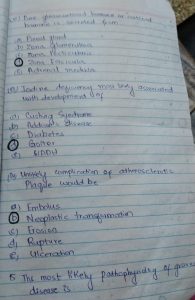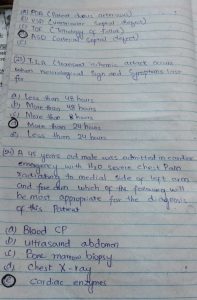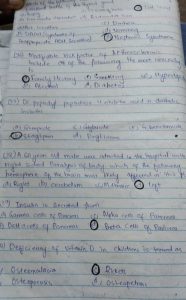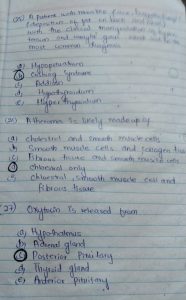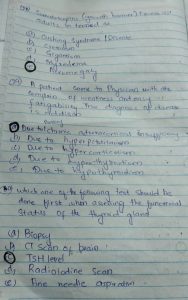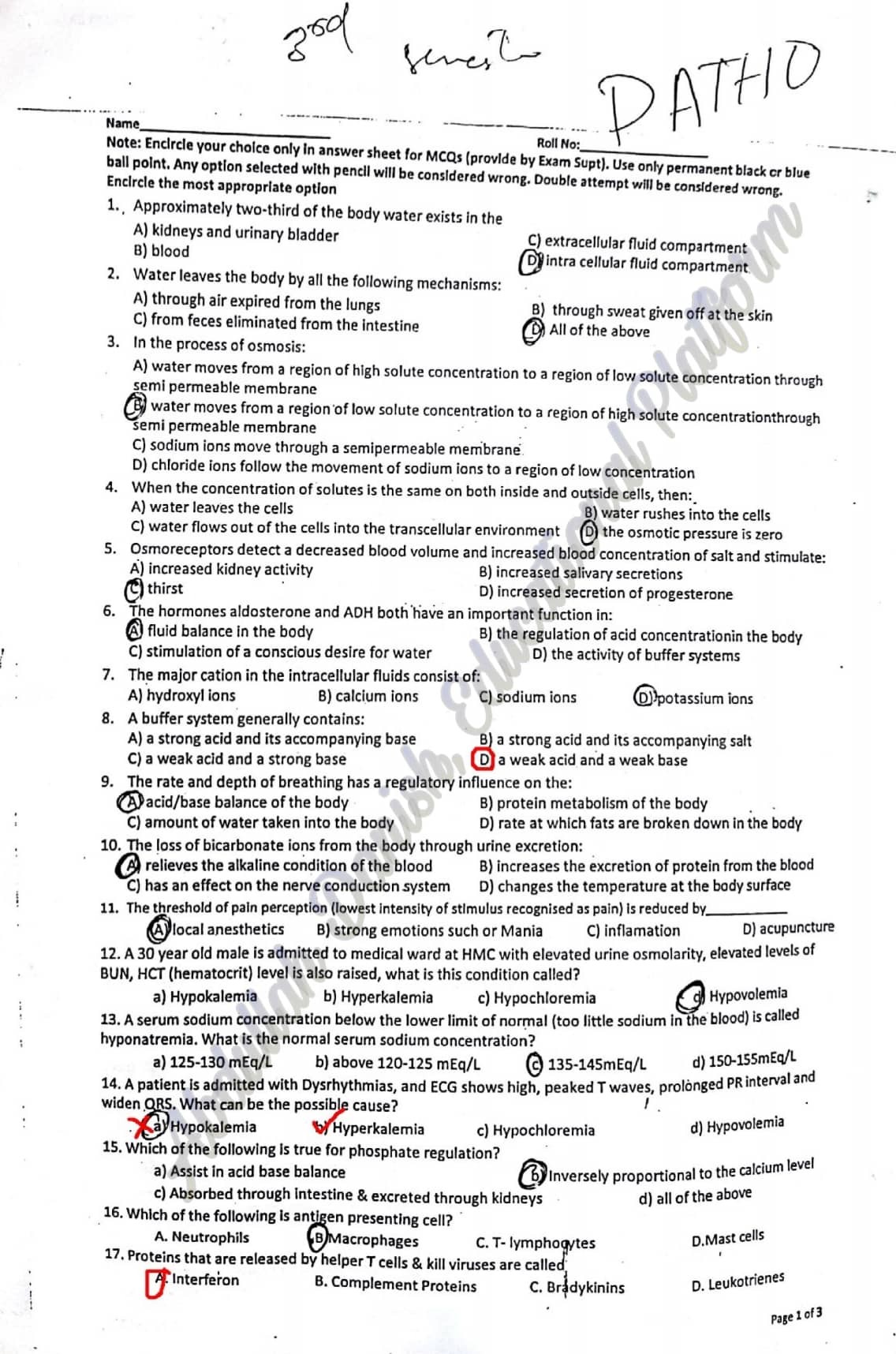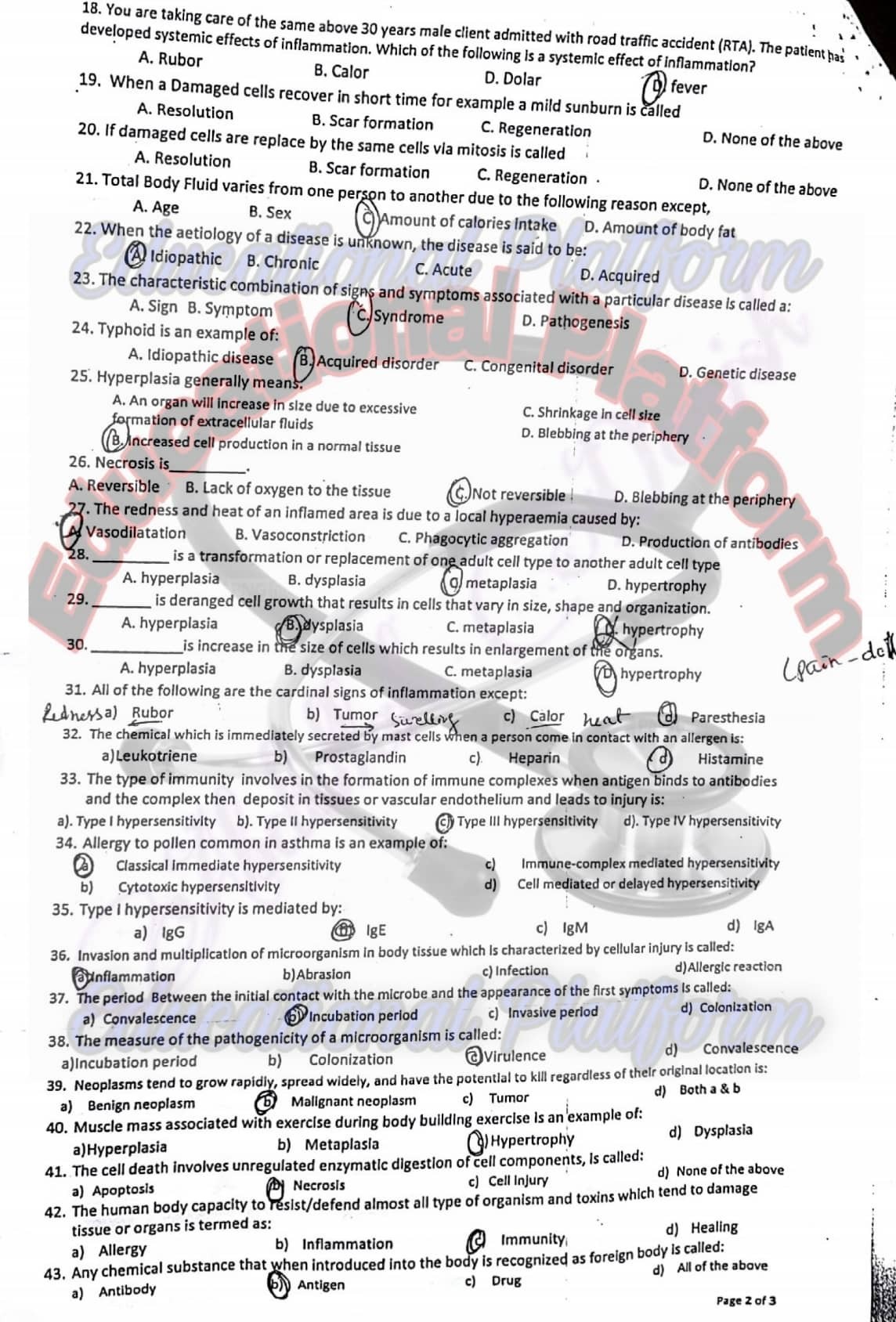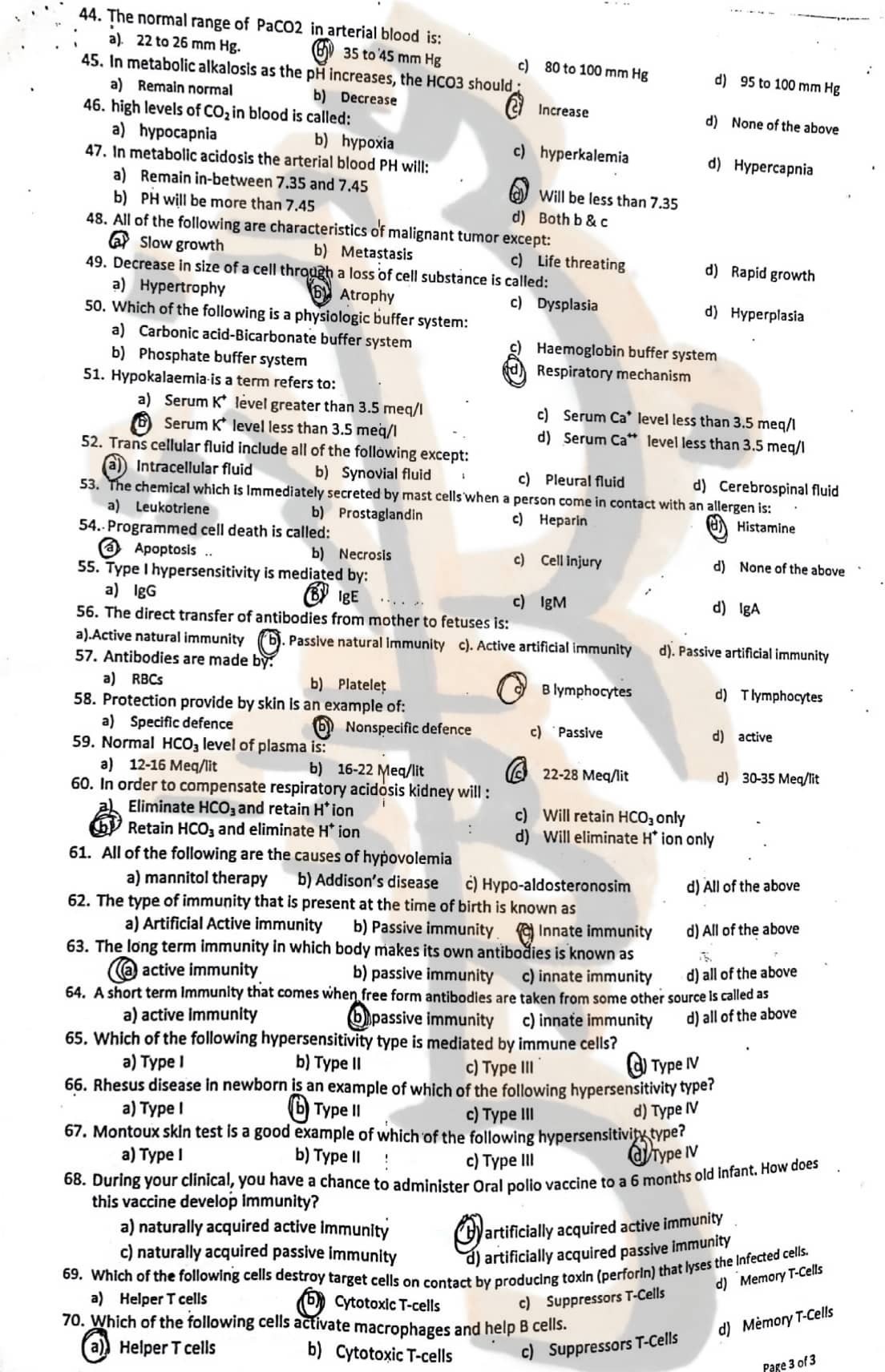 Dengue fever is a mosquito-borne viral infection that can cause flu-like symptoms and, in severe cases, potentially life-threatening complications. It is caused by the dengue virus, which is transmitted to humans primarily through the bite of infected female Aedes mosquitoes, particularly Aedes aegypti and Aedes albopictus. Dengue fever is common in tropical and subtropical regions of the world, including parts of Southeast Asia, the Pacific Islands, the Caribbean, and Central and South America.
Dengue fever is a mosquito-borne viral infection that can cause flu-like symptoms and, in severe cases, potentially life-threatening complications. It is caused by the dengue virus, which is transmitted to humans primarily through the bite of infected female Aedes mosquitoes, particularly Aedes aegypti and Aedes albopictus. Dengue fever is common in tropical and subtropical regions of the world, including parts of Southeast Asia, the Pacific Islands, the Caribbean, and Central and South America.
Here are some key points about dengue fever:
Symptoms:
The symptoms of dengue fever typically appear 4-10 days after being bitten by an infected mosquito and can include high fever, severe headache, pain behind the eyes, joint and muscle pain, rash, and mild bleeding. In some cases, dengue fever can progress to a more severe form known as dengue hemorrhagic fever or dengue shock syndrome, which can be life-threatening.
Dengue fever presents with a wide range of signs and symptoms that can vary in severity. The disease typically has an incubation period of 4-10 days after being bitten by an infected mosquito. The symptoms of dengue fever can be categorized into three phases: the febrile phase, the critical phase, and the recovery phase. Not all individuals with dengue infection will progress through all three phases, and the severity of symptoms can vary from mild to severe. Here are the common signs and symptoms associated with each phase:
- Febrile Phase (Acute Phase):
High Fever: Sudden onset of high fever, often reaching up to 104°F (40°C).
Severe Headache: Intense frontal headache, which is a common feature of dengue fever.
Pain Behind the Eyes: Pain or discomfort, especially when moving the eyes.
Joint and Muscle Pain: Severe joint and muscle pain, often referred to as “breakbone fever.”
Rash: A rash may develop, typically starting a few days after the onset of fever. It can be maculopapular (red and raised) and sometimes itchy.
Fatigue: Extreme fatigue and weakness.
Nausea and Vomiting: Some individuals may experience nausea and vomiting.
Mild Bleeding: Minor bleeding manifestations such as nosebleeds, gum bleeding, or easy bruising can occur.
- Critical Phase (Warning Signs):
Around the 3-7 day mark, some patients with dengue fever may progress to a critical phase. Warning signs indicate increased severity and the potential for complications. These signs include:
Persistent Abdominal Pain: Severe abdominal pain may develop, which can be a sign of impending complications like dengue hemorrhagic fever.
Vomiting with Blood: Vomiting blood (hematemesis) or passing blood in the stool (melena) can occur.
Bleeding: Severe bleeding, such as from the nose or gums, petechiae (small red or purple spots on the skin), or hematuria (blood in the urine).
Rapid Breathing: Increased respiratory rate and difficulty breathing.
Cold or Clammy Skin: Skin may become cold, pale, or clammy.
Restlessness: Agitation or restlessness may be observed.
- Recovery Phase:
After the critical phase, most patients gradually recover over the next few days to weeks.
The fever subsides, and other symptoms begin to improve.
Convalescence: Patients may experience fatigue and weakness during the recovery phase, which can persist for an extended period.
It’s important to note that not all individuals with dengue fever progress to the critical phase or develop severe symptoms. The majority of cases are mild, and with proper medical care and supportive treatment, the prognosis is usually favorable. However, severe dengue (such as dengue hemorrhagic fever or dengue shock syndrome) can be life-threatening and requires immediate medical attention.
If you or someone you know exhibits the warning signs of dengue fever, it’s crucial to seek medical care promptly to prevent complications and ensure appropriate treatment and monitoring.
Diagnosis: Dengue fever is usually diagnosed through blood tests that detect the presence of the dengue virus or antibodies produced in response to the virus.
Laboratory findings play a significant role in the diagnosis and management of dengue fever. The results of various laboratory tests can help confirm the presence of the dengue virus, assess the severity of the infection, and guide treatment decisions. Here are some of the key laboratory findings associated with dengue fever:
Dengue Serology (Antibody Tests):
IgM Antibodies: In the early stages of the illness (usually within the first week), dengue-specific IgM antibodies can be detected in the patient’s blood. The presence of IgM antibodies suggests a recent dengue infection.
IgG Antibodies: Dengue-specific IgG antibodies may appear later and persist for a more extended period. Elevated IgG levels may indicate a past dengue infection.
Polymerase Chain Reaction (PCR) Test:
Dengue PCR: This test detects the genetic material (RNA) of the dengue virus in a patient’s blood. It is most useful in the early days of infection, even before the appearance of IgM antibodies. PCR can help confirm an acute dengue infection and identify the specific serotype of the virus.
Complete Blood Count (CBC):
Platelet Count: One of the hallmark laboratory findings in dengue fever is a decrease in platelet count (thrombocytopenia). Platelets are essential for blood clotting, and low platelet levels can lead to bleeding tendencies.
Hematocrit (Hct) Levels: An elevated hematocrit (a measure of the proportion of red blood cells in the blood) can indicate hemoconcentration, which is common in dengue fever due to plasma leakage.
Liver Function Tests:
AST (Aspartate Aminotransferase) and ALT (Alanine Aminotransferase): Elevated levels of these liver enzymes are often seen in dengue patients, indicating liver involvement.
Coagulation Profile:
PT (Prothrombin Time) and APTT (Activated Partial Thromboplastin Time): These tests assess the blood’s clotting ability. Prolonged PT and APTT may be seen in severe cases of dengue with bleeding tendencies.
Electrolyte Levels:
Sodium (Na) and Potassium (K): Abnormal electrolyte levels can occur due to fluid imbalances in dengue patients, especially those with severe symptoms.
Creatinine and Urea Levels:
Kidney Function Tests: Elevated creatinine and urea levels may indicate kidney involvement in severe dengue cases.
Other Tests:
NS1 Antigen Test: This test can detect the presence of the dengue virus NS1 antigen in a patient’s blood and is useful for early diagnosis.
Dengue Serotyping: In areas with multiple dengue virus serotypes, it’s important to identify the specific serotype causing the infection as some serotypes are associated with more severe disease.
Laboratory findings in dengue fever can vary depending on the stage of the infection and the severity of the disease. These tests help healthcare providers confirm the diagnosis, assess the patient’s condition, and make decisions regarding treatment and monitoring. It’s important to note that dengue fever is a dynamic disease, and laboratory findings may change over the course of the illness, so repeated testing and close monitoring are often necessary, especially in severe cases.
Prevention:
The best way to prevent dengue fever is to avoid mosquito bites. This can be achieved by using insect repellent, wearing long-sleeved clothing, and staying in air-conditioned or screened-in accommodations. Additionally, efforts to reduce mosquito breeding sites, such as eliminating standing water around homes, are essential for dengue prevention.
Vaccination:
As of my last knowledge update in September 2021, there was an approved dengue vaccine called Dengvaxia. However, its use and availability varied by country, and it was primarily recommended for individuals who had previously been infected with dengue. Vaccine availability and recommendations may have evolved since then, so it’s essential to check with local health authorities for the most up-to-date information on dengue vaccines.
It’s important to note that dengue fever can be a serious illness, and early detection and medical care are crucial for managing the disease effectively, especially in severe cases. If you suspect you have dengue fever or are in an area where the disease is prevalent, seek medical attention promptly.
Treatment:
There is no specific antiviral treatment for dengue fever. Management primarily involves relieving the symptoms and providing supportive care, such as staying hydrated and taking pain relievers like acetaminophen. Aspirin and non-steroidal anti-inflammatory drugs (NSAIDs) should be avoided because they can increase the risk of bleeding.
The medical and nursing management of dengue fever involves a combination of supportive care and monitoring to alleviate symptoms, prevent complications, and promote recovery. Here’s a comprehensive overview of the medical and nursing management of dengue fever:
Medical Management:
Diagnosis: Accurate diagnosis through clinical evaluation and laboratory tests (serology or PCR) is essential to confirm dengue fever.
Hospitalization: Depending on the severity of the illness, some patients may require hospitalization. Hospitalization is especially crucial for patients with severe dengue or those at risk of complications.
Fluid Replacement: Adequate hydration is a cornerstone of dengue management. Intravenous (IV) fluids are often administered to maintain fluid and electrolyte balance. Nurses closely monitor patients’ fluid intake and output.
Pain and Fever Management: Analgesics such as acetaminophen are given to relieve pain and reduce fever. Non-steroidal anti-inflammatory drugs (NSAIDs) and aspirin should be avoided, as they can increase the risk of bleeding.
Monitoring: Regular monitoring of vital signs, hematocrit levels, platelet counts, and other relevant parameters is crucial to assess the progression of the disease and the patient’s response to treatment.
Blood Transfusion: In severe cases of dengue with hemorrhagic manifestations, blood transfusion may be necessary to replace lost blood components.
Nursing Management:
Assessment: Nurses conduct a thorough assessment of the patient’s clinical status, including vital signs, hydration level, skin condition, and the presence of bleeding or shock symptoms.
Fluid Administration: Nurses administer IV fluids as prescribed by the physician, ensuring that the rate and type of fluid are appropriate for the patient’s condition.
Monitoring: Frequent monitoring of vital signs, especially blood pressure, pulse rate, and respiratory rate, is essential to detect any deterioration in the patient’s condition promptly.
Pain and Fever Control: Nurses administer pain relievers and antipyretics as ordered by the physician and monitor the patient’s response to these medications.
Emotional Support: Providing emotional support and reassurance to the patient and their family is essential, as dengue fever can be a distressing experience.
Education: Nurses educate patients and their families about the importance of hydration, medication compliance, and the signs and symptoms that require immediate medical attention.
Infection Control: Nurses ensure strict infection control measures to prevent the spread of the virus, particularly in healthcare settings. This includes proper hand hygiene and personal protective equipment (PPE) use.
Patient Education: Patients should be educated about the prevention of mosquito bites and the importance of seeking prompt medical care if their condition worsens.
Discharge Planning: When the patient is stable and ready for discharge, nurses provide instructions for continued care at home, including medication schedules and follow-up appointments.
The medical and nursing management of dengue fever should be tailored to the individual patient’s condition and may vary based on the severity of the illness. Close collaboration between healthcare providers, including physicians, nurses, and other healthcare staff, is crucial to ensure optimal patient care and recovery.

